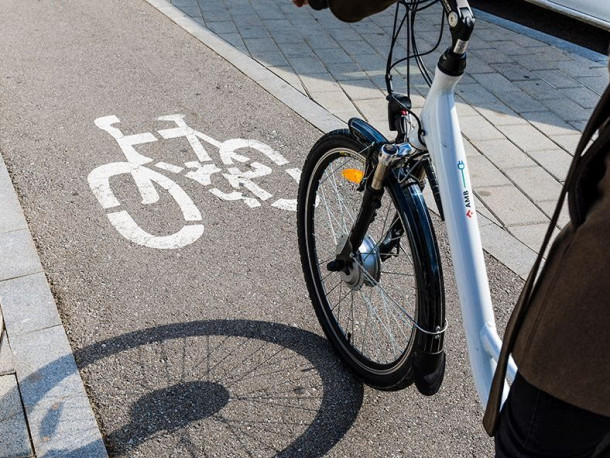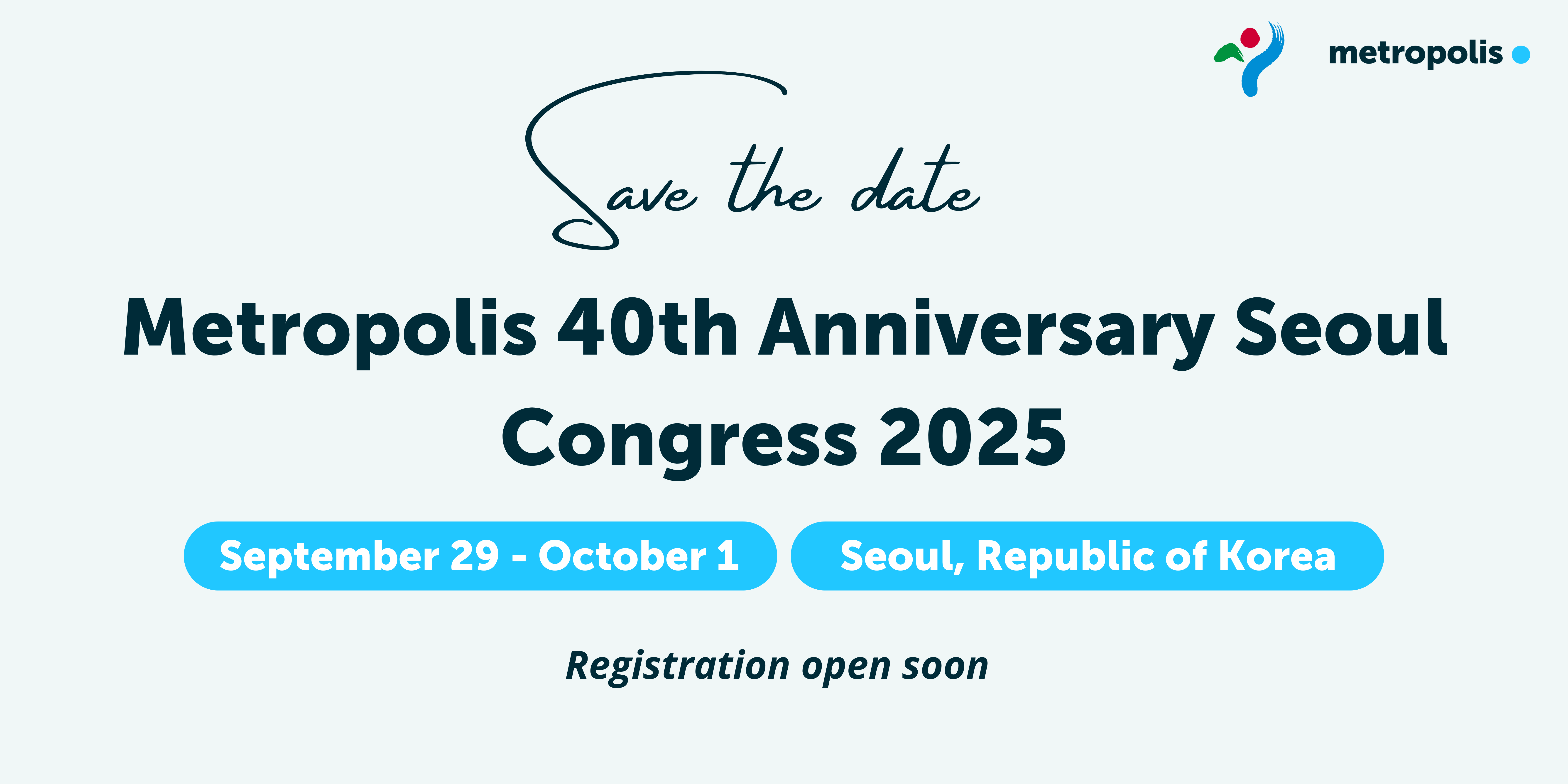
Barcelona (metropolitan area)
Tactical urbanism is also a matter of values, not just asphalt and paint
Across metropolises and cities, the Covid-19 pandemic has created a shared challenge and opportunity: the need to rethink the way we use, feel, design and manage public space. In the webinar held on 28 January, organised by Metropolis with support from the Metropolitan Area of Barcelona (AMB) and exclusively available to Metropolis members, titled “Learning from tactical urbanism: Metropolitan perspectives for long-term solutions”, we had the opportunity to share actionable insights on how cities and metropolises are incorporating new healthcare needs, and citizens’ growing demand to have more public spaces that feel safe and healthy.
Agile public works: a contradiction in terms?
One issue shared by the speakers was the trade-off between the agility to implement this kind of intervention and the perception that high quality public works are actions that require a lot of time to design and implement. Silvia Casorrán, Head of Bicycle Projects at the Sustainable Mobility Services Directorate, AMB, brought the discussion to this apparent contradiction, which has nonetheless been tackled on many occasions through locally adapted responses based more on a ‘learning-by-doing’ strategy than by a clearly defined step-by-step process.
Tactical urbanism has encountered significant obstacles in communicating the new distribution of public space—which gives priority to human-scale interventions—and being accepted by the current status-quo. This insight was shared by Tony Van Nuffelen, International Coordinator at Urban Brussels, who presented how they are building calmer neighbourhoods in Brussels, where they have organised picnics on the streets at the weekends to implement new uses of public space. This decision was definitely accelerated as a consequence of the pandemic.
Public space takes on new meaning
The events that have occurred in public spaces live on in the way people see the area. The Santa Fe neighbourhood in Bogotá has historically been perceived as a place characterised by violence against women. Nadya Rangel, from the city’s Habitat Secretariat, shared the work they have carried out to redefine the area through interventions that aim to highlight what the space meant for many women, while making it more inclusive and accessible. This vision of tactical urbanism aims not only to give a new meaning and perception of an area, but also to create caring public spaces.
This perspective is aligned with the reflections by Peter Finau, from Montréal, who highlighted that the pandemic must also give something positive back to the people, and what can be more positive than inclusive public spaces that provide the opportunity to convert the streets—which are usually car-oriented in design—into a playground for children. Human-centred public spaces are something that can be given back to citizens who have been in the lockdowns for weeks, and now have the opportunity to rediscover their own city.
Along the same lines, Federico de Giuli, representing the Metropolitan City of Turin, shared the idea that this kind of physical intervention (wider sidewalks, colourful walls and streets, fewer motorised vehicles, more bicycles, etc.) is also an opportunity to encourage citizen participation and build innovative new interactive communication channels between the community and the government.
Tactical Urbanism as an economic Covid recovery strategy
Karla Miranda, Deputy Director of Planning and Research at COAMSS/OPAMSS, shared how tactical urbanism has become an opportunity to use the public space for economic activities that are usually restricted to larger infrastructures, such as markets. In San Salvador, the government has redesigned some streets with citizen collaboration, in order to make them safer for pedestrians and hold an open market for local farmers on certain dates. This new use of space to promote economic activities may serve as an opportunity to recover and adapt to the new economic reality once the pandemic is over.
Based on the insights from this webinar, a summary of what tactical urbanism means for metropolises is: an opportunity to provide public space with new meanings and uses, prioritising people’s wants (playing, calmer environments, etc.) and needs (caring, health, etc.) over those of motorised vehicles. And perhaps most importantly, it means innovating in the design process, especially in the governance of the most important common good: public space.
You can now watch the full webinar by clicking here

